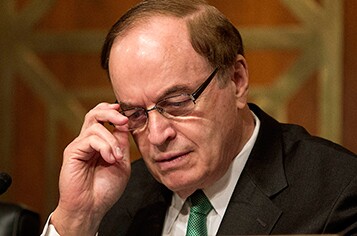The selection of John C. Williams as the next president of the Federal Reserve Bank of New York could have a ripple effect that spreads far beyond lower Manhattan.
The New York Fed has always played an outsized role within the Federal Reserve System, owing in part to its association with the nation's financial center and as the home jurisdiction of many of the largest financial firms. It also plays a key functional role conducting the open market operations directed by the Federal Open Market Committee. Unique among regional banks, the New York is a permanent FOMC member.
But the ascension of Williams — now the head of the Federal Reserve Bank of San Francisco — to what is often considered one of the most influential leadership positions with the Fed system, along with the Fed board chair and vice chair, could change the direction of the central bank itself.
Part of that is the longevity of the term. The Fed chairman and vice chair each serve four-year, renewable terms. The New York Fed president’s term, meanwhile, is effectively a 10-year term. And unlike Federal Reserve Board governors, most New York Fed presidents serve out the majority of their term. There have only been 10 since the passage of the Federal Reserve Act in 1913.
Williams is poised to wield a lot of influence in part because the Federal Reserve’s Board of Governors is so historically short-handed. The voting members of the FOMC, for example, are composed of the seven members of the board and a rotating selection of five regional bank presidents. Those include the New York Fed as a permanent voting member, the Chicago and Cleveland Fed bank presidents on a biennial rotation, and the remaining Fed bank chiefs on a triennial rotation, making a total of five regional bank votes.
With only three Fed Governors currently serving — and with the president’s only other nominee facing a
Here is what Williams’ selection could mean for the Federal Reserve and the banks it supervises?










